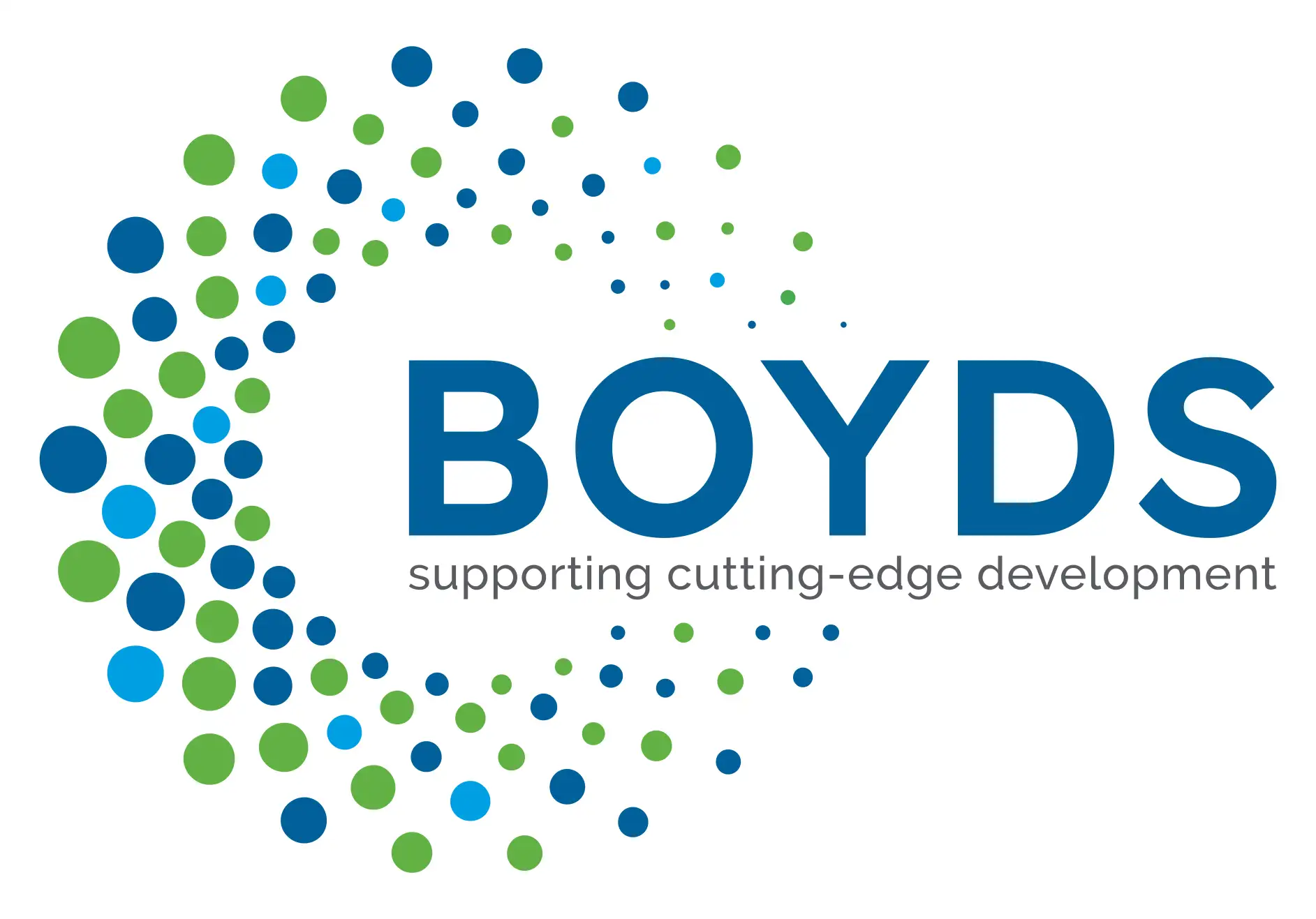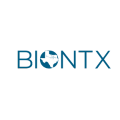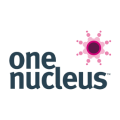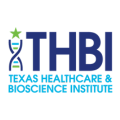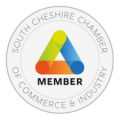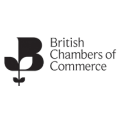This is the first in a series of articles aiming to highlight the vital role that drug development consultants play in helping small pharma companies to bring new medicines to the market. To put this properly into context it is essential to understand the way drug development has changed.
The big pharmaceutical companies that totally dominated drug development in previous decades have had to face a new set of challenges in the new millennium. The highly profitable blockbuster drugs needed to support a costly research and development infrastructure are largely a thing of the past1. Companies previously tended to ignore rare diseases on the basis that they were unlikely to generate enough profit to give a reasonable return on investment2. This was largely based on the small number of patients involved. The result of this focus on common, chronic diseases involving large numbers of patients was that rare diseases were orphaned by the pharmaceutical industry. Before orphan drug legislation only 34 products had been approved for rare diseases by FDA3.
Although, individual rare diseases by definition involve relatively few patients it has been estimated that there are around 7000 different rare diseases in the USA involving about 25 million patients the numbers in Europe are similar and new rare diseases are being discovered in the US at a rate of 250 per annum2. Worldwide the estimated number of patients suffering from rare diseases is estimated at 350 million4.
The majority of these rare diseases are 80-90% genetic in origin4 and in the main are lifelong and highly debilitating. Mortality rates are high especially in young children with a rare disease, where it is estimated that 30% of children die5 before the age of five. Most of these rare diseases have no recognized treatment and therefore there is a high level of unmet medical need. These diseases not only impact heavily on the sufferers but also on carers/parents and other family members, particularly siblings.
The eventual outcome was that increasingly powerful lobby groups persuaded regulatory authorities to put measures in place to stimulate research into diseases orphaned by the pharmaceutical companies.
The FDA uses the term “orphan drug” in preference to rare disease. The first legislation to try and encourage the development of drugs to treat rare diseases was the Orphan Drug Act in 1983 in the US. To qualify for orphan drug status in the US the following conditions must be met:
- The number of people affected by the disease or condition for which the drug is to be developed is less than 200,000 persons, “prevalence” is defined as the number of persons in the United States who have been diagnosed as having the disease or condition at the time of the submission of the request for orphan-drug designation.
- If the disease affects more than 200,000 in the United States and for which there is no reasonable expectation that the cost of developing and making available in the United States a drug for such disease or condition will recovered from sales in the United States of such drug.
Legislation in Europe came much later in 2000 in the form of a Regulation on Orphan Medicinal Products in the European Union Regulation(EC) No141/200: To qualify for orphan designation in Europe, a medicine must meet a number of criteria:
- it must be intended for the treatment, prevention or diagnosis of a disease that is life-threatening or chronically debilitating;
- the prevalence of the condition in the EU must not be more than 5 in 10,000 or it must be unlikely that marketing of the medicine would generate sufficient returns to justify the investment needed for its development;
- no satisfactory method of diagnosis, prevention or treatment of the condition concerned can be authorized, or, if such a method exists, the medicine must be of significant benefit to those affected by the condition.
In the main, orphan drug legislation is thought to have had a positive impact. In 2016 EMA approved 27 of 114 (24%) medicines6 for the treatment of rare disease. In the US in 2016 FDA approved 9 of 22 (41%) of novel orphan drug license applications7. Prior to orphan drug legislation, roughly one orphan drug was approved per annum compared with an average of 15 a year post-legislation. This is clearly the outcome that was wanted, yet there are those who argue that it was too successful and led to excess profit-taking. Industry has been inclined to test existing products for efficacy in rare disease rather than developing de-novo treatments.
However, these improvements tend to favour the less rare diseases and thus there is still a long way to go to provide new treatments for the diseases with very few patients (Ultra-rare disease). Big pharma is reluctant to invest in research on ultra-rare disease due to the risk of a poor return on the investment thereby orphaning ultra-rare disease.
Finally, we are left with the question about who will fund research for treatments for ultra-rare diseases. It looks unlikely that big pharma will be attracted to this sector for the same reasons they orphaned rare diseases before the legislation. This gives smaller companies an opportunity to take up this challenge if they can find adequate funding. In the next article of this series we will consider the barriers to finding novel treatments for ultra-rare diseases.
References
1) The problems with today’s pharmaceutical business – an outsiders view. Mark Kessel, Nature Biotechnology, Vol 20 – number 1 January 2011
2) Orphan drug development: an economically viable strategy for biopharma R&D, Keiran N Meekings Cory S M Williams and John E Arrowsmith, Drug Discovery Today. Vol 17, Numbers 13/14. July 2012
3) Rare Diseases: Facts and Statistics https://globalgenes.orgrare-diseases-facts-statistics/
4) Orphan Drug Development- Challenges and Incentives HTTP://virtualregulatorysolutions.com/orphan-drug-development-challenges-and-incentives
5) European Mediciens Agency Annual Report 2016
6) FDA 2016 Novel Drugs Summary
